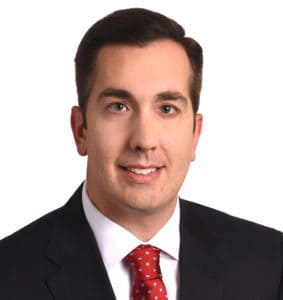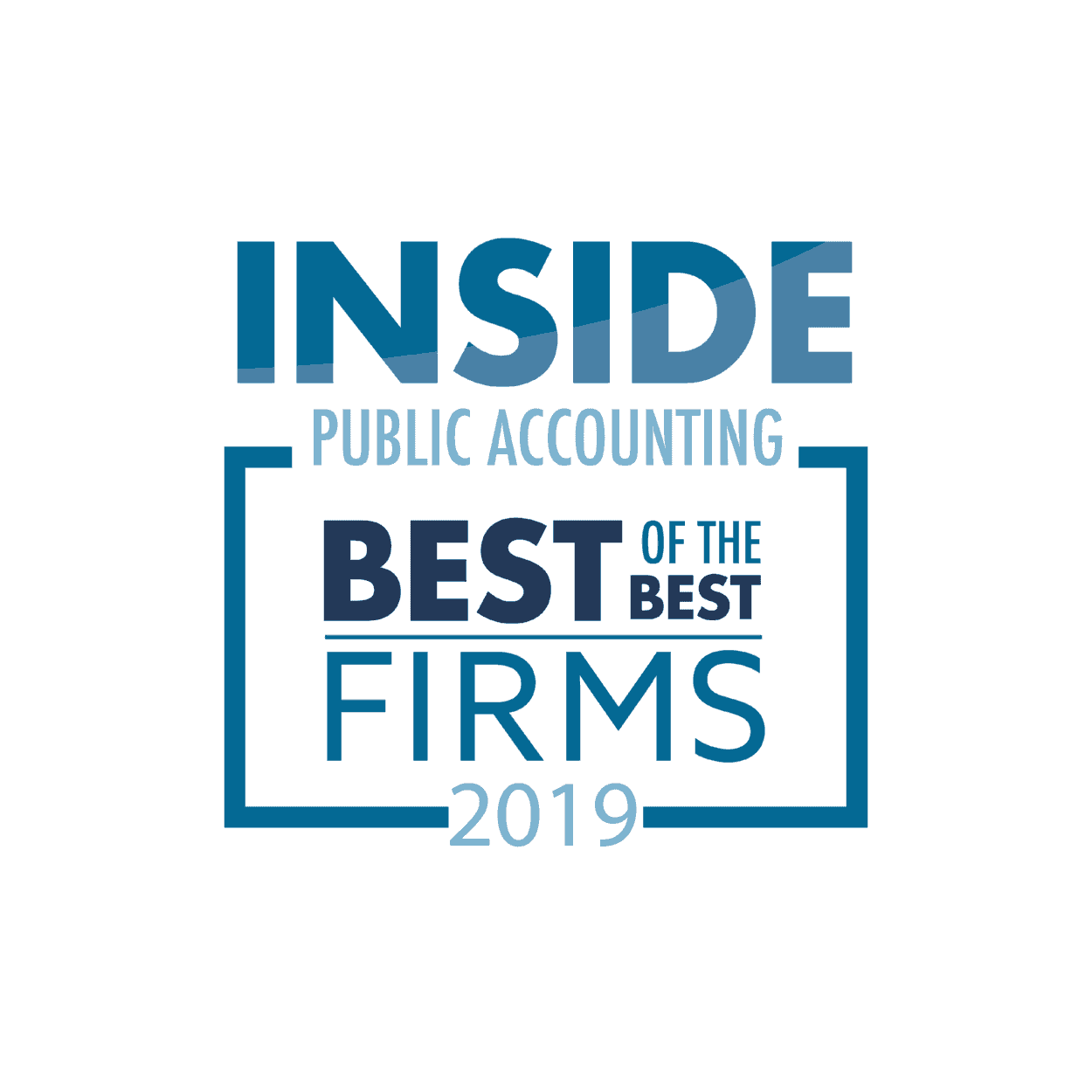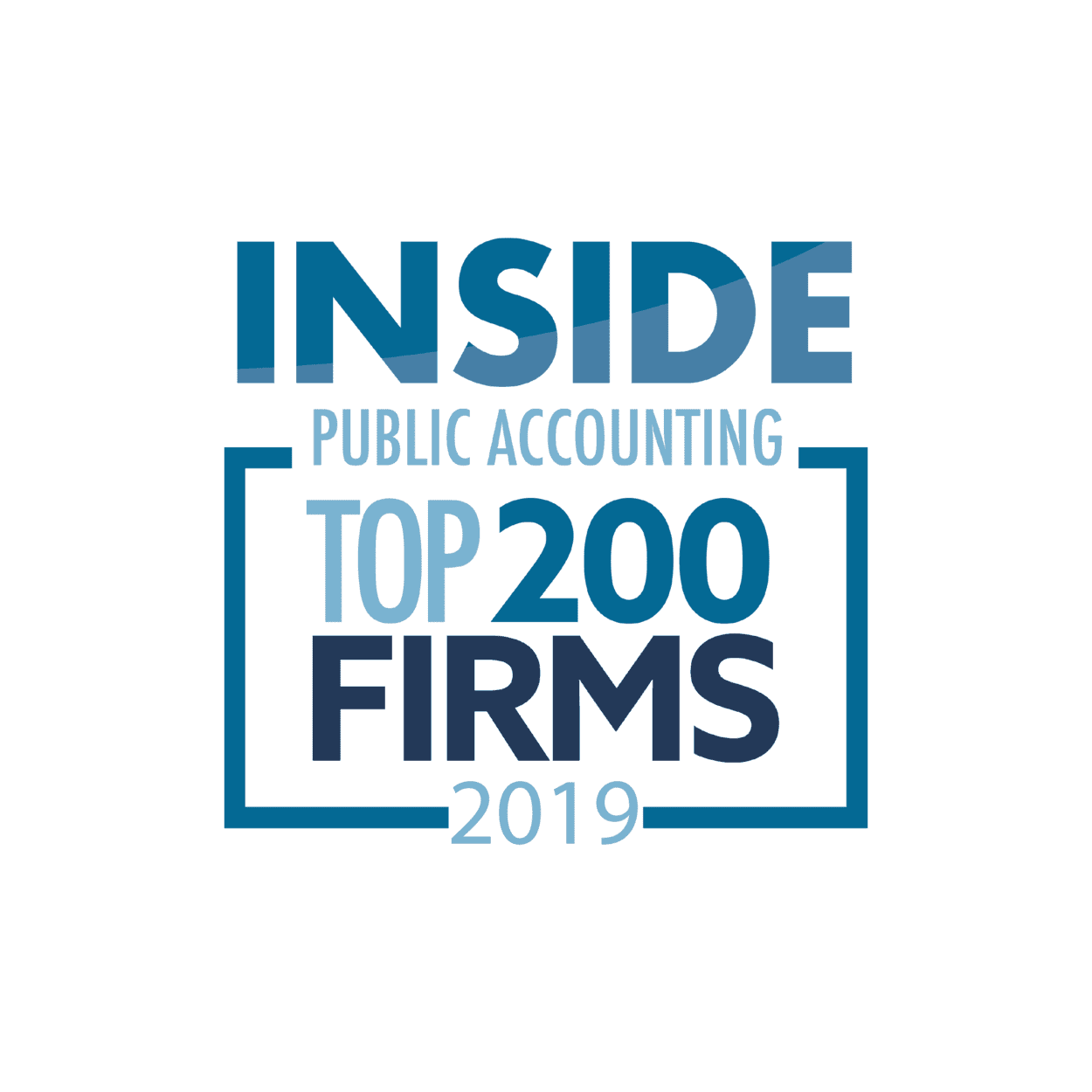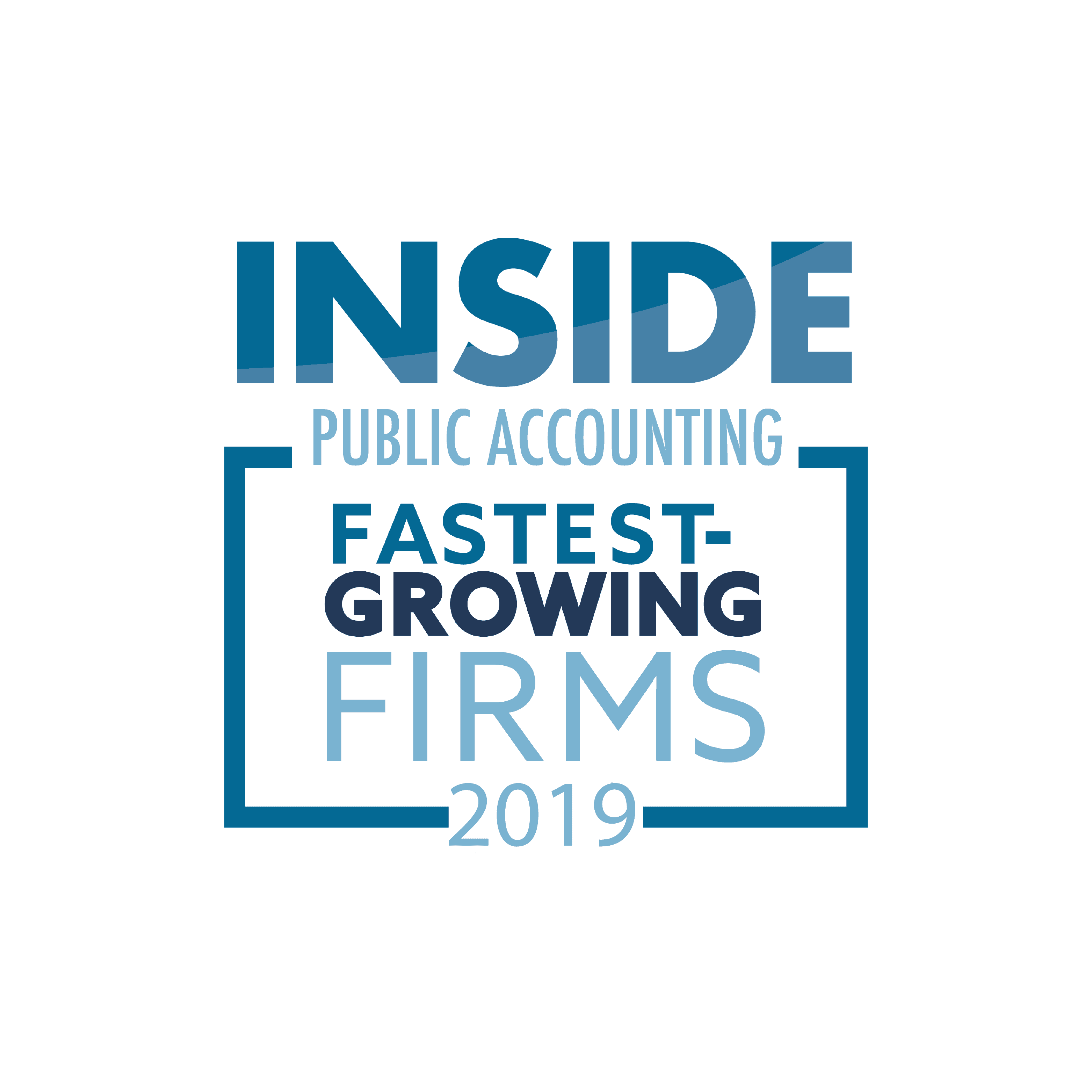The Paycheck Protection Program (PPP) that was rolled out as part of the Coronavirus Aid, Relief, and Economic Securities (CARES) Act has provided relief for small businesses across the country. The most appealing aspect of the PPP is that businesses who took advantage of the program by borrowing PPP loans to pay for eligible costs can qualify for loan forgiveness. However, as many companies enter the end of their covered period or the time they could spend PPP loan funds, the challenging task has become calculating the loan forgiveness amount and thoroughly documenting these calculations to maximize forgiveness.
On October 8, 2020, the U.S. Department of the Treasury and U.S. Small Business Administration (SBA) released a streamlined PPP loan forgiveness application — Form 3508S — for businesses who borrowed $50,000 or less. The new application makes the forgiveness process significantly easier for borrowers that fall into this category. All borrowers who received $50,000 or less in PPP loans are eligible to use this application, unless those borrowers, together with their affiliates, received loans totaling $2 million or more. The SBA also released instructions for borrowers using Form 3508S.
In addition to the release of Form 3508S, the Treasury and SBA also provided a new interim final rule (IFR) that offered new guidance concerning the forgiveness and loan review processes for PPP loans of $50,000 or less. Under the IFR, PPP borrowers in this category must follow the same forgiveness application process but are exempt from any reductions in forgiveness based on:
- Reductions in full-time-equivalent (FTE) employees; and
- Reductions in employee salary or wages.
The IFR also provides the following data on what percentage of borrowers comprise the $50,000 and under category:
- 5.2 million PPP loans were approved by the SBA, and 3.7 million of these were for $50,000 or less.
- The 3.7 million loans accounted for about $62 billion of the total $525 billion in PPP loans.
- Approximately 1.71 million of PPP loans in this category were made to businesses that reported having zero employees or one employee.
If you are one of the 3.7 million businesses who received a PPP loan of $50,000 or less, you have the benefit of not performing potentially complicated FTE or salary reduction calculations that companies who received larger loans need to make. You will need to accurately calculate your loan forgiveness amount and attest to the accuracy of the reported information and calculations, but you do not need to include these calculations in your application. In other words, you need to do the math, but you do not need to show your math.
It is important to note that borrowers in this category are still required to make some certifications and provide documentation to the lender for payroll and non-payroll costs. Also, borrowers should keep in mind that loan forgiveness is not automatic with the submission of Form 3508S, and the SBA may request support for the borrower’s calculations at any time.
While the PPP loan forgiveness process is more streamlined for businesses who took out $50,000 or less, you may still have additional questions. The Moore Colson team is here to help. Please contact us with your questions on Form 3508S, the application process or how to calculate your forgiveness amount. Our team has experience with forgiveness calculations, knows what to look for and can facilitate the process for you. Also, be sure to subscribe here to get our news and alerts as they are released as we are committed to keeping you updated on how to navigate financial challenges associated with the COVID-19 pandemic.
Bert Mills, CPA, is the Managing Partner at Moore Colson. In his role, Bert sets the vision and mission of the Firm and works closely with the Firm’s leadership to drive and implement strategies.
Chris Arnone, CPA, is a Partner and Business Assurance Practice Leader at Moore Colson. Chris has over 20 years of experience providing audit, accounting and consulting services for companies in the transportation, manufacturing, distribution, staffing, private equity and venture capital industries.
Andy Starnes, CPA, is a Partner and Tax Services Practice Leader Moore Colson. Andy’s specialties include corporate tax compliance and planning, business consulting and multi-generational planning with a focus on the construction, professional services and staffing industries.









0 Comments